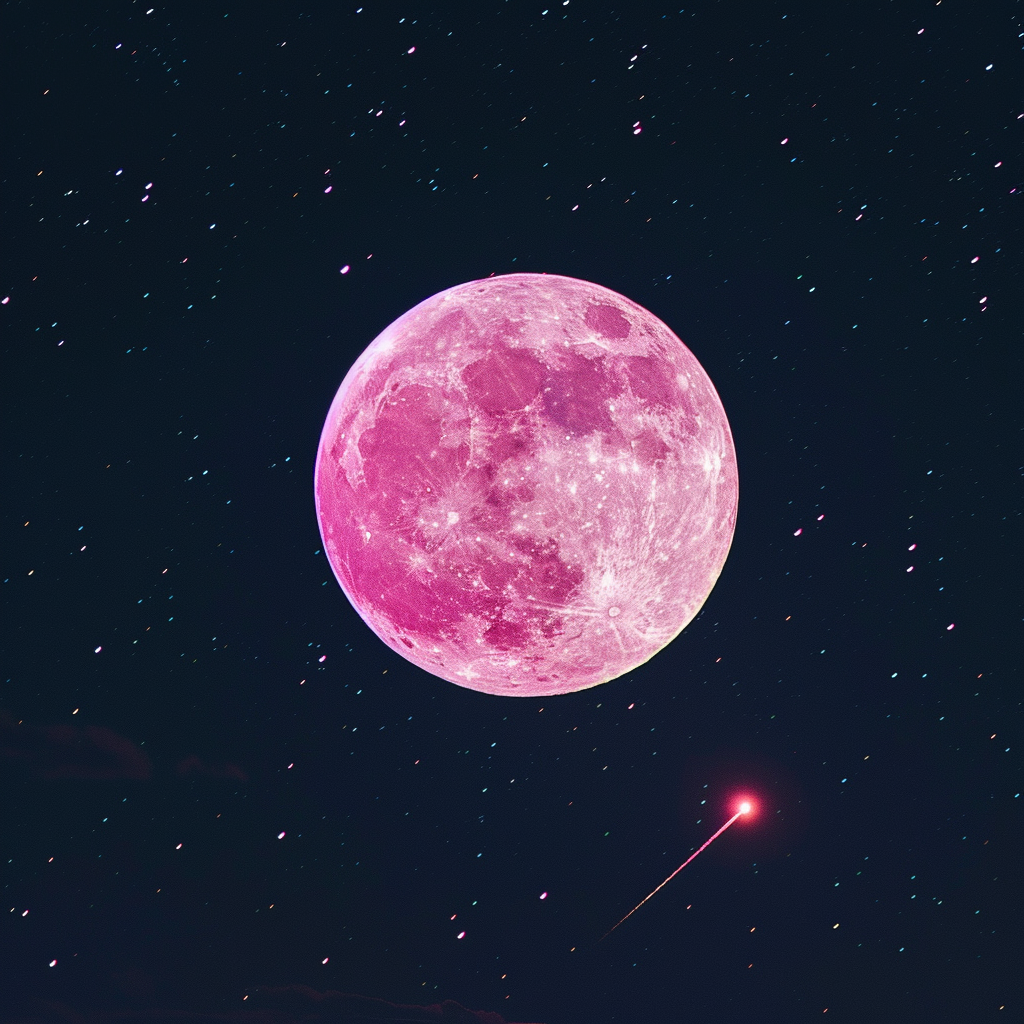Skygazers are in for a treat this week as two celestial events light up the night sky. The full Pink Moon, also known as the Sprouting Grass Moon or Moon of the Egg, will be visible from Monday to Wednesday (April 22 to 24), while the Lyrid meteor shower is set to peak overnight on April 22.
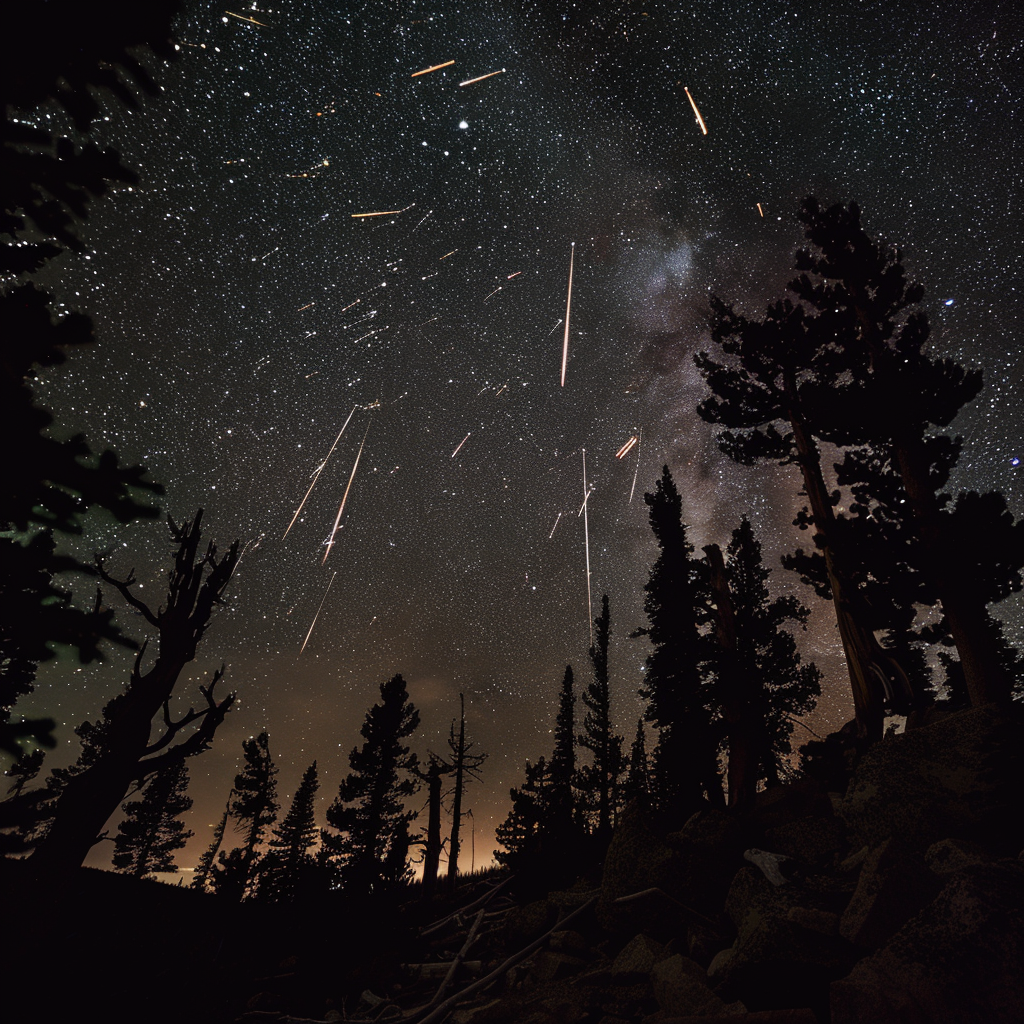
The Pink Moon, named for the color of spring flowers, will reach its full phase at 7:49 p.m. Eastern Time on April 23. It will coincide with the Lyrid Meteor Shower, which is known to have been observed for over 2,700 years.

In addition to its various names, the Pink Moon also holds significance in different cultures. In Judaism, it marks the first day of Passover, while in Christianity, it’s called the Paschal Moon because it falls around Easter.
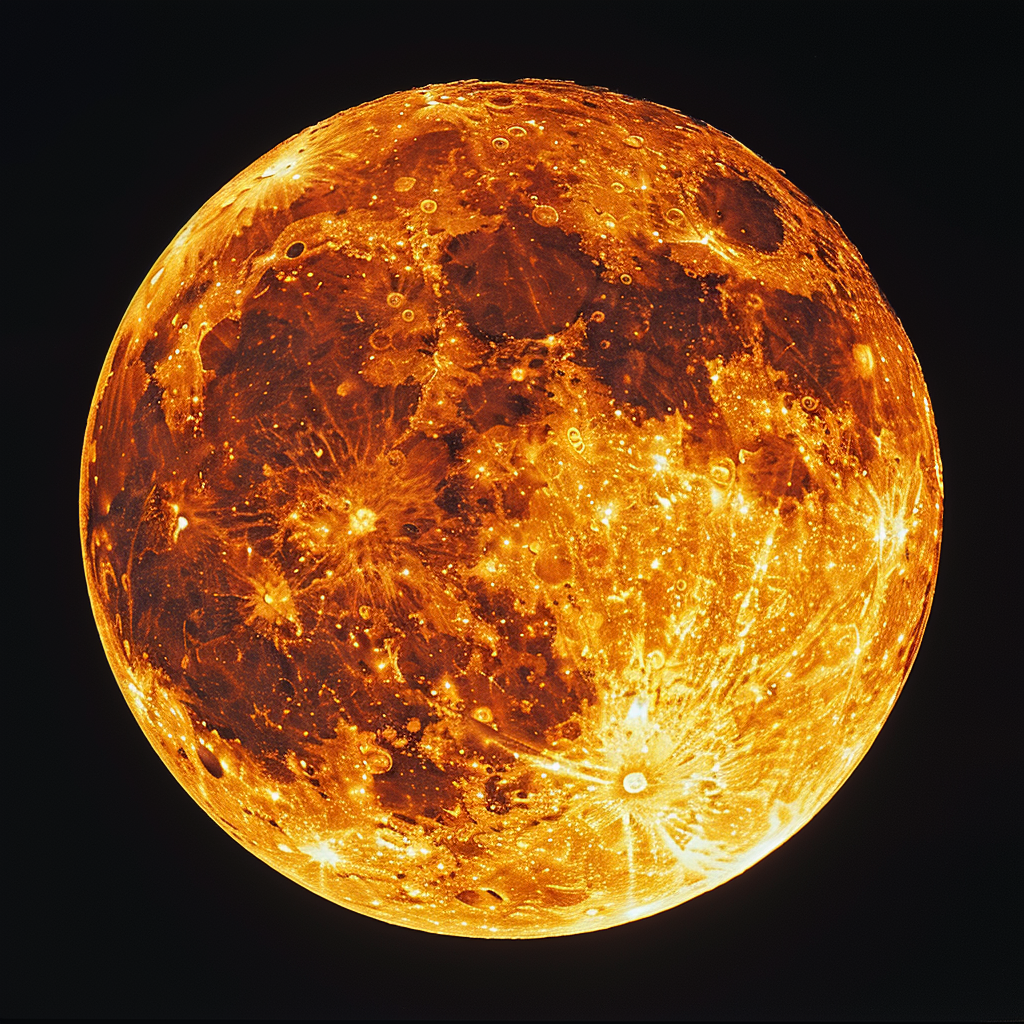
Despite being dubbed the Pink Moon, this full moon will not actually appear pink but may look orange during dusk due to atmospheric conditions. The best time to catch a glimpse is at moonrise on April 23.
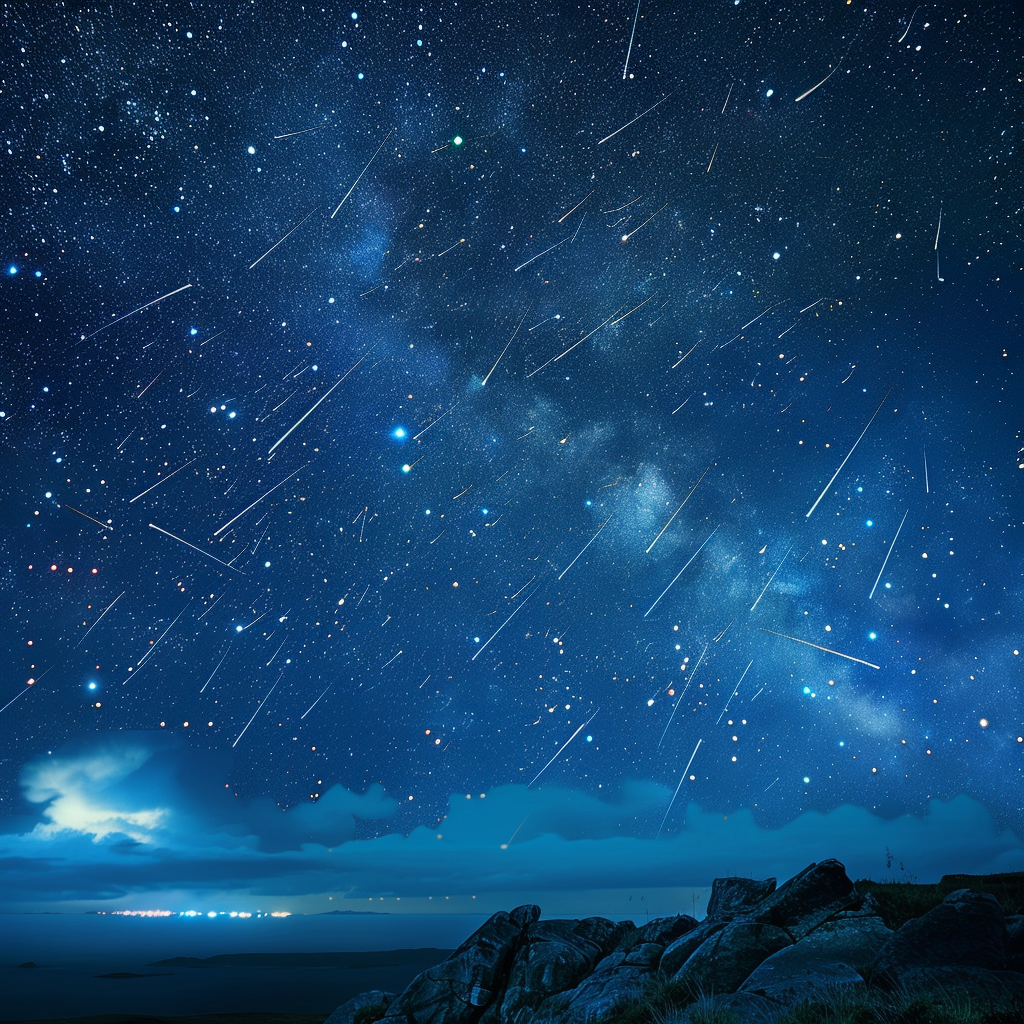
The Lyrid Meteor Shower is expected to produce a few meteors per hour, making it difficult for viewers to spot them with the bright moon in the sky. Viewers should try to find a dark location and give their eyes time to adjust to the night.
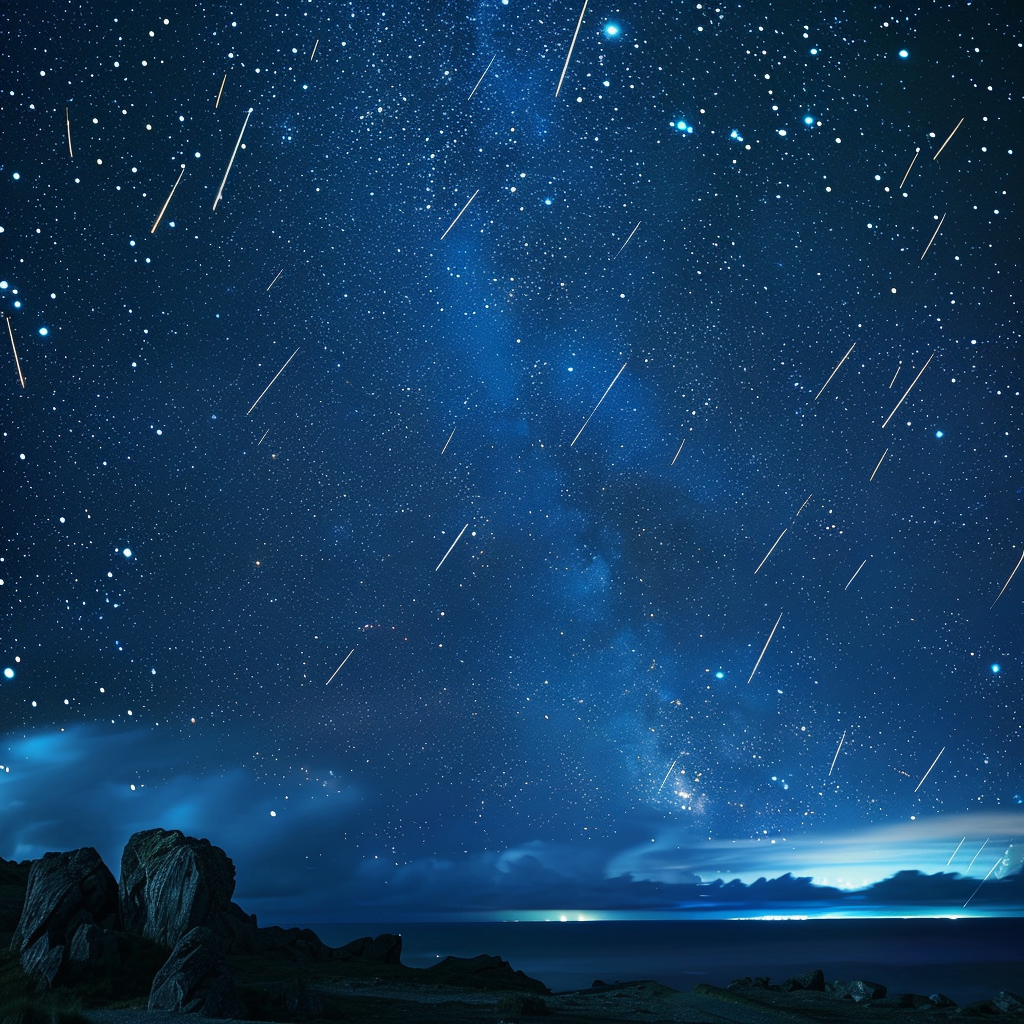
Meteor showers occur when multiple meteors enter Earth’s atmosphere over a short period of time. The Lyrid Meteor Shower is known for its occasional bursts that can bring up to 100 meteors per hour, although viewers are unlikely to witness such a display this year.

For the best viewing experience, stargazers should try to place themselves in the moon’s shadow and give their eyes time to adjust to the darkness. Remember, even just one bright meteor can make your night!
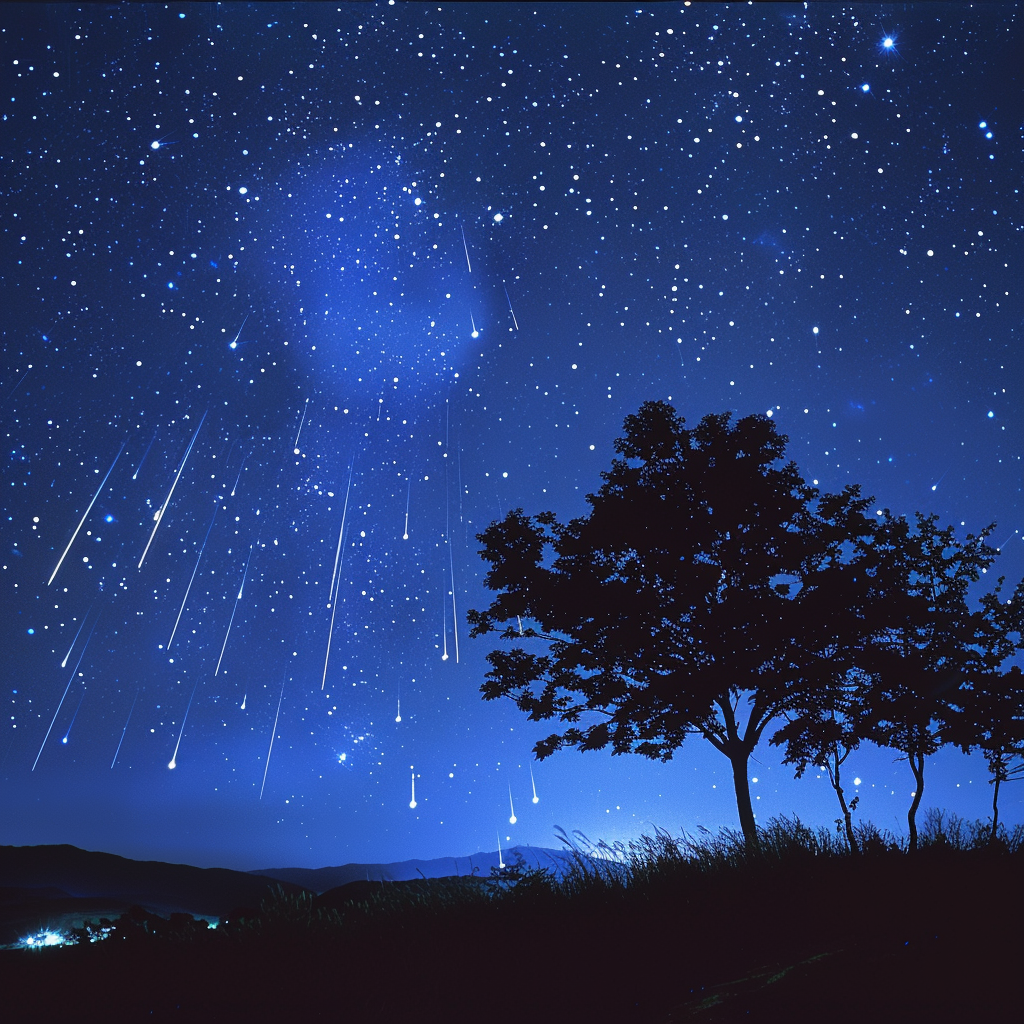
The Lyrids are not the only meteor shower happening this spring. May’s Eta Aquariids meteor shower is estimated to peak on May 4 and 5, with minimal moonlight interference making for optimal viewing conditions.
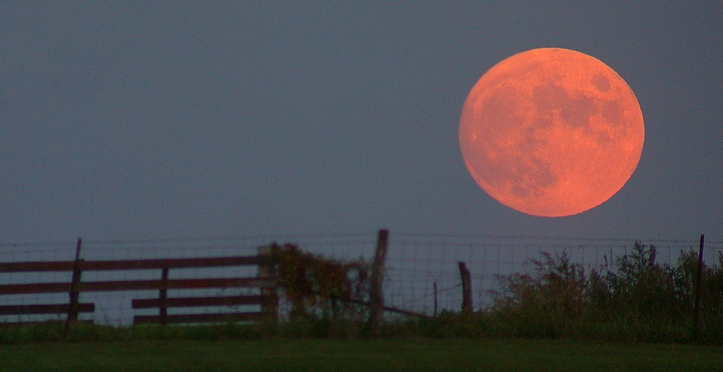
May’s full moon, also known as the Flower Moon, will reach peak illumination on May 23. Be sure to check specific moonrise times for your location and mark your calendar for a night of stargazing.

So, grab a blanket and your favorite stargazing spot, as the Pink Moon and Lyrid Meteor Shower put on quite the celestial display this week!

